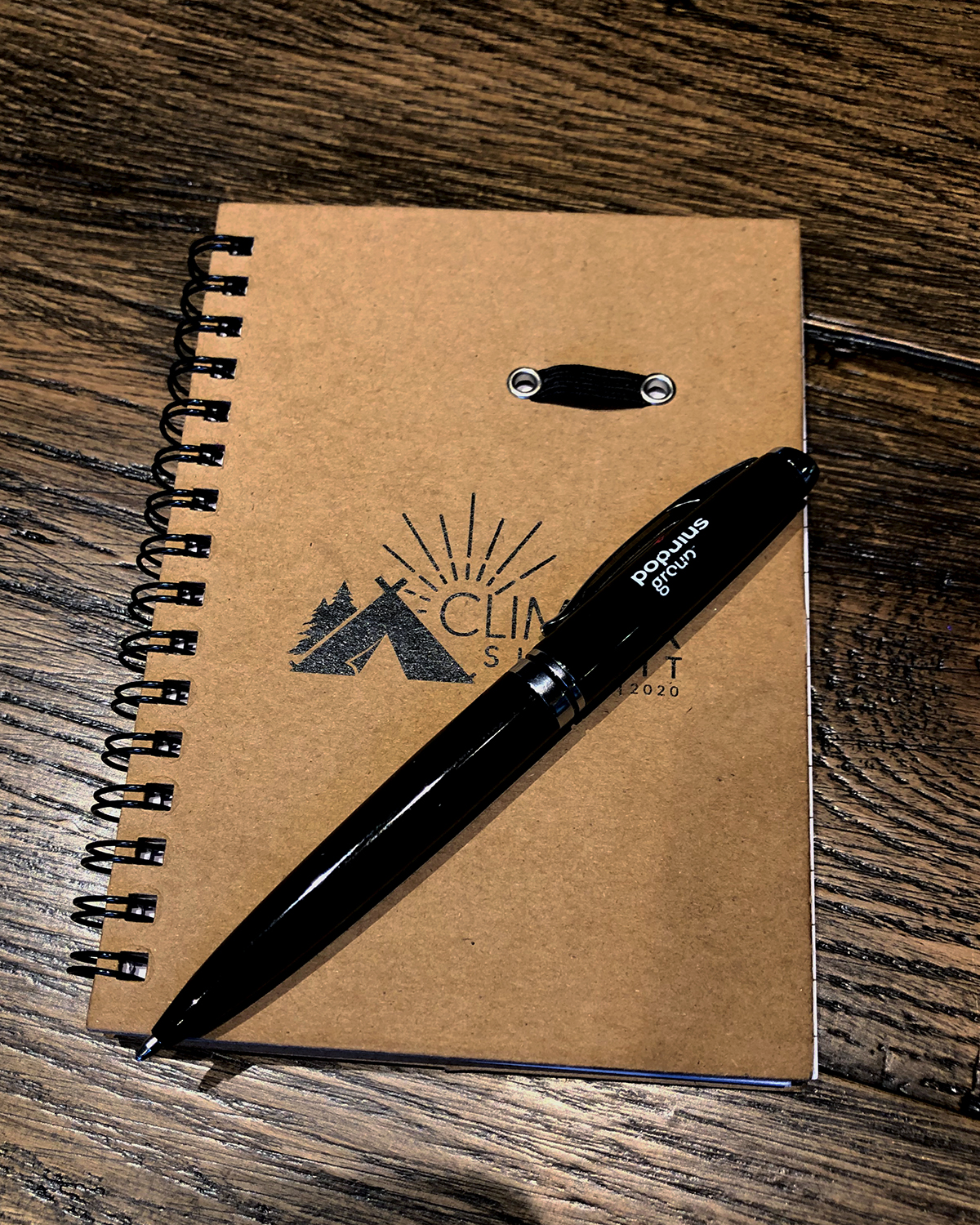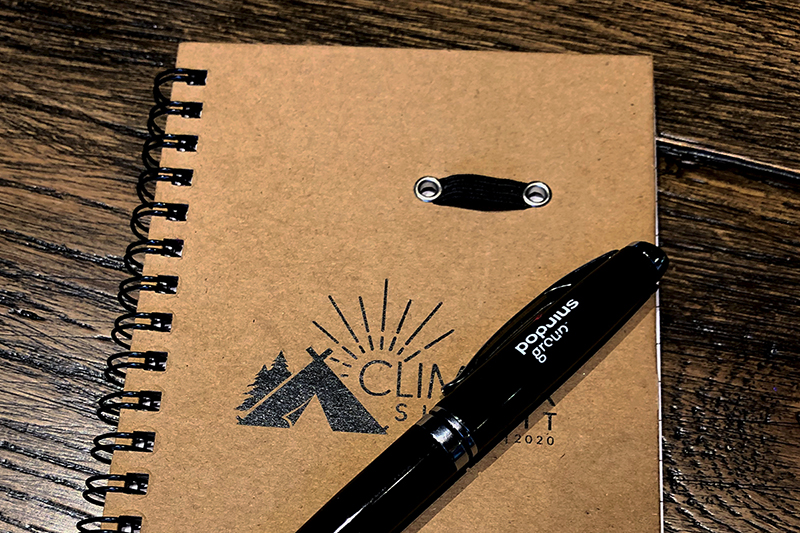
The Struggle
As a leader, you’re narrating a story–for yourself and your team. In times of unpredictability, when there’s a lot of “VUCA,” it’s harder to guide the narrative those you lead must understand.
What the heck is “VUCA?”
VUCA was introduced by the US Army War College in 1987. It stands for: Volatility, Uncertainty, Complexity, and Ambiguity.
I first heard this term in 1988 while in the US Army. It was countlessly repeated from my leaders during combat training exercises in the years following. As soldiers, it was important for us to learn how to handle the stress we might experience in combat situations when there’s a lot of chaos. Understanding VUCA helped us better manage our emotions. The better we managed our emotions, the clearer and more precise our decision-making. We learned quickly that without the awareness of how VUCA works, stress would paralyze our teams and results would be fatal. Back then, it was just another military acronym. Little did I know how much understanding VUCA would help me during times of crisis in my leadership journey.
It’s helping me now more than ever as I struggle to narrate the story I’m writing while we all face uncharted waters.
Leading Through VUCA
VUCA has been applied in many ways as a teaching tool for leadership. In the interest of your time, I’m going to translate my application of VUCA during this time with the sole intent of helping you better guide your team and organization.
One of the first things I did weeks ago was slow down my leaders to make sure they knew I expected all of us to “manage the VUCA.”
Said another way, managing the VUCA is about slowing down the game for your team and organization. In this case it’s helping you control the narrative you’re guiding. I’ll unpack each letter with some examples and questions. You can do the same then assess how you can better guide the story you’re narrating. Your teams will be able to think healthier and make better decisions.
1) Volatility
The rapid pace of change we’re facing is scary for our teams. Given that, you must align everyone by resetting the direction towards which everyone is marching during the chaos. Doing so helps you set a good pace for your team. I started with this question, “what does all this change mean to the story I’m narrating for Populus Group?“
I shared my answers immediately with Climbers at Populus Group. I told them, “Until I tell you otherwise, our sole mission is threefold; keep our PG community safe, keep as many people employed as possible, and service our customers the best we can–in that order.”
I always repeat this. My teams can’t hear it enough and I won’t stop until the volatility stops.
For context, my whole organization knew our rally cry prior to COVID-19. We call it Climbing as One and fiercely apply Pat Lencioni’s Rally Cry Methodology. I also told my leaders that our rally cry from a few weeks ago is no longer valid. You can’t assume anyone will piece that together despite the obvious. They must hear you share this to settle their own mental pace.
To assess how well you’re managing volatility, ask your team:
- What’s the sole mission for the next __ days?
- What is of utmost importance to our team during this crisis?
- Does everyone know how this has redirected or changed our previous focus?
People want to know–what’s the “true north?” With more volatility, you must intentionally point everyone in the same direction the best you can.
2) Uncertainty
Once you’ve aligned everyone, you must start guiding the “how.” Your team is consuming so much uncontrollable information–it’s stressful and overwhelming. Your narrative should now center around the essential information you an control. The question I asked, “what is most essential and in our control right now?“
Every part of a company’s ecosystem has important stuff to do. In a battle like this, everyone must know the activities that matter most and what can wait till the smoke clears. We can’t assume it’s obvious to anyone. My observation–this is where leaders too often assume others will see what they do. Please don’t do that.
As much as we all want normalcy or business as usual, that’s not realistic. I immediately slowed down my team to agree which activities mattered most and which could be put on the shelf. We agreed on the core must-do’s of the situation.
Narrowing the focus to bite-sized pieces of the most essential makes information consumable. It creates the space uncertainty will steal from you.
Questions to self-assess:
- Does every part of the ecosystem know the most important must-do’s? Where everyone must invest their time and energy?
- Do teams feel free and liberated to say “no” to the non-essentials?
- Have you given everyone permission to turn off work where possible so they don’t burn out? The absence of this step will tire your big-hearted people and create an unhealthy home life.
This has allowed us to shred the long to-do list and compress our energy/resources to make important day-to-day decisions. Skip this step, and the next two letters won’t matter.
3) Complexity
Your people don’t want to make decisions right now. Please don’t make them. Instead, be directive, collaborative, and supportive around the core list compiled in #2 (uncertainty). This part of VUCA is where you prioritize the list of essentials. Your work is to simplify everything for everyone. The question I asked, “what takes priority in our list of must-do’s?“
For us, the most important must-do item ended up making sure we’re paying thousands of employees across the country accurately and on time.. They rely on us every week even amidst all these COVID-19 changes.
While accuracy is always important, the daily changes and decisions handed down from everywhere is difficult to manage. And that scares people. No one wants to make the wrong move that could impact a family’s paycheck during this time. We’re demonstrating our empathy by simplifying all the things we need to accomplish as a team. Said differently: help your team do less and do better.
You may be asking, “how is this different from the core mission in #1 (volatility)?” Good question. This part of managing the VUCA is about simplifying all the tactical stuff. Make sure everyone has what they need in order to do the essentials while working remotely with kids, pets, etc. at home.Volatility is about the purpose of our collective climb, not the tactical.
If your people see the menu from the Cheesecake Factory as their to-do list, you’re as good as dead. I encourage you to find a way to erase most of that list for them. Tell them verbally it doesn’t matter right now; they need to hear you say it.
More questions to help you:
- Has every team edited their long to-do lists to focus on the main must-do?
- Have leaders shifted resources to focus on the must-do’s in some way?
- Does everyone understand they are free to delay items that may worry them to a later time?
A final check and balance: the must do’s will be the DNA of every teams’ daily meetings and debriefs across the entire ecosystem.
4) Ambiguity
Amidst chaos, we hate surprise even more and crave the predictability of communication. This is all about the messaging frequency of the most important parts of your narrative. In the absence of consistency, your people’s narratives will take over–it won’t be positive. My question, “when do they need to hear from me and how?“
As part of my early messaging, I shared the following:
On Mondays, you will get a key message from your leader that will cascade through every part of the community. On Wednesdays, you’ll hear from me via video or another format. Every Friday you’ll get an email with two parts: key information for your family and key things we all need to understand for PG. If you want us to stay aligned, cohesive, and connected, make these three messages a priority.
I did this so my teams wouldn’t have to guess when important information would come. They know when they’ll get which message and from whom. In our trio of messages, we’re sharing the good, bad, and ugly so we all see the same picture. As the weeks progress, the consistency helps the revised narrative settle, enabling us to build trust and safety in the process. Trust is our most prized asset.
Final set of questions for you:
- Does everyone know the frequency of when and how you’re communicating?
- Am I balancing the narrative to build trust with complete transparency?
- Am I being consistent so everyone has context about decisions we’re making?
There’s another opportunity for leaders in this last one. As you’re sharing information, ask your people what they need more of, less of, or what’s missing from the story line. Even though you’re managing the VUCA, the leadership chain is NOT the IQ chain.
Mining Gifts in VUCA
The first week VUCA hit my radar, I started jotting down ideas I’m learning in the pad you see pictured above. Many are the ones I’m hearing from those I lead and I’ve been encouraging my leaders to do the same. This helps me re-frame how we’re looking ahead when this chapter ends. I want us to re-frame in parallel, focused on survival and recovery. I’m on page 9 in my notepad–please catch me if you can.
My thoughts and prayers remain with those less fortunate amidst all the VUCA of our current crisis. Those of us who are merely inconvenienced can come out much stronger. Recognizing the fact that we still control the story in many ways allows us to remain healthy and model that for our teams.
There will be many gifts coming from our current struggles. I’m hopeful this helps you re-frame how the people you lead hear this part of your story.
Hail the Underdogs. Blessings and safety to all.


As a leader in the nonprofit space for over 30 years, I want to say, “Thank You” Bobby, for this beneficial, crucial point of leadership coaching. I am new to my present organization, and I have found this blog to be some of the most essential yet applicable information I’ve ever seen.
Glad I could be of service, Randal! I wish you the best of luck on your leadership journey, especially through our current situation.
Thank you, Bobby. Four things that resonated for me; Simplify, Provide Consistency, Listen and Take Note.
Thank YOU, Alex! Give > Take